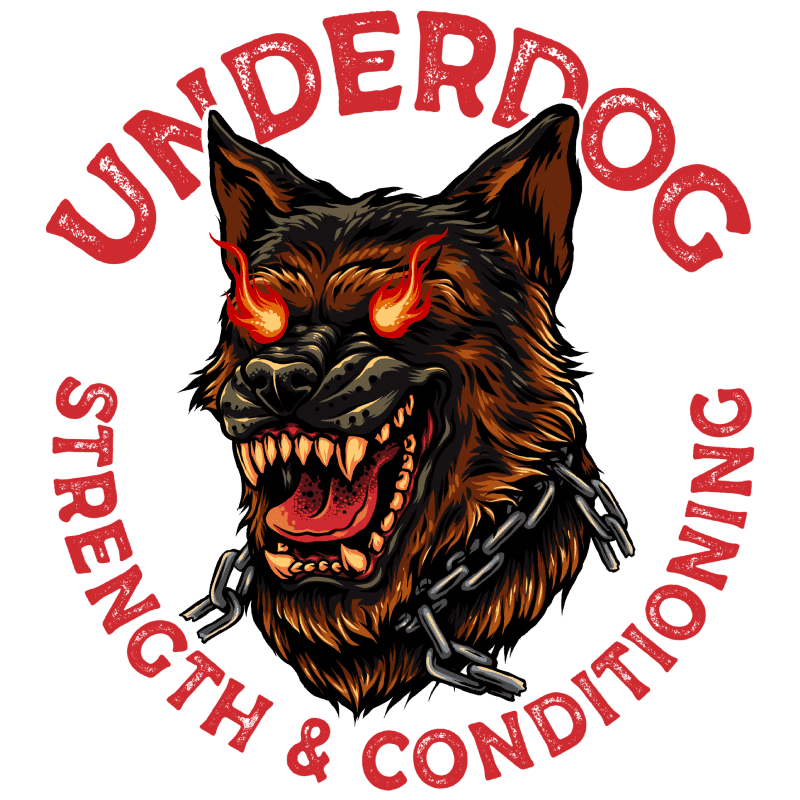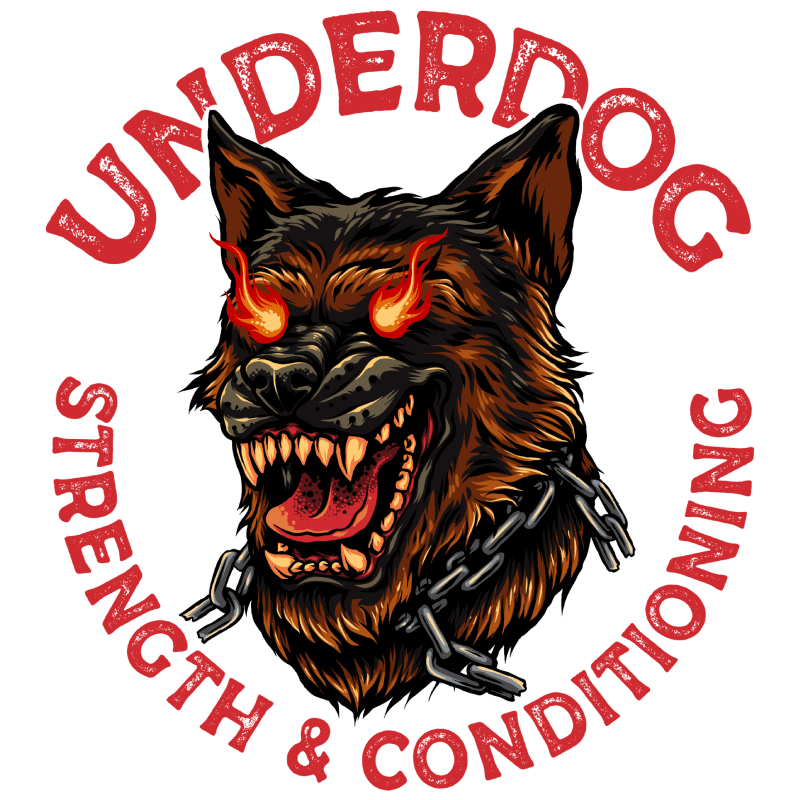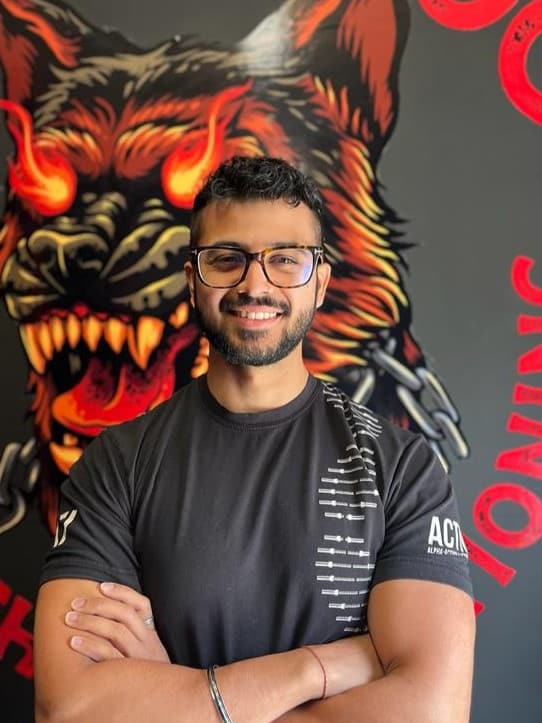Back pain. Many endure it at one point or another in their lives and oftentimes don’t know the reason why. Although it can manifest in many ways, my primary starting point when assessing a client with low back pain is simple: movement.
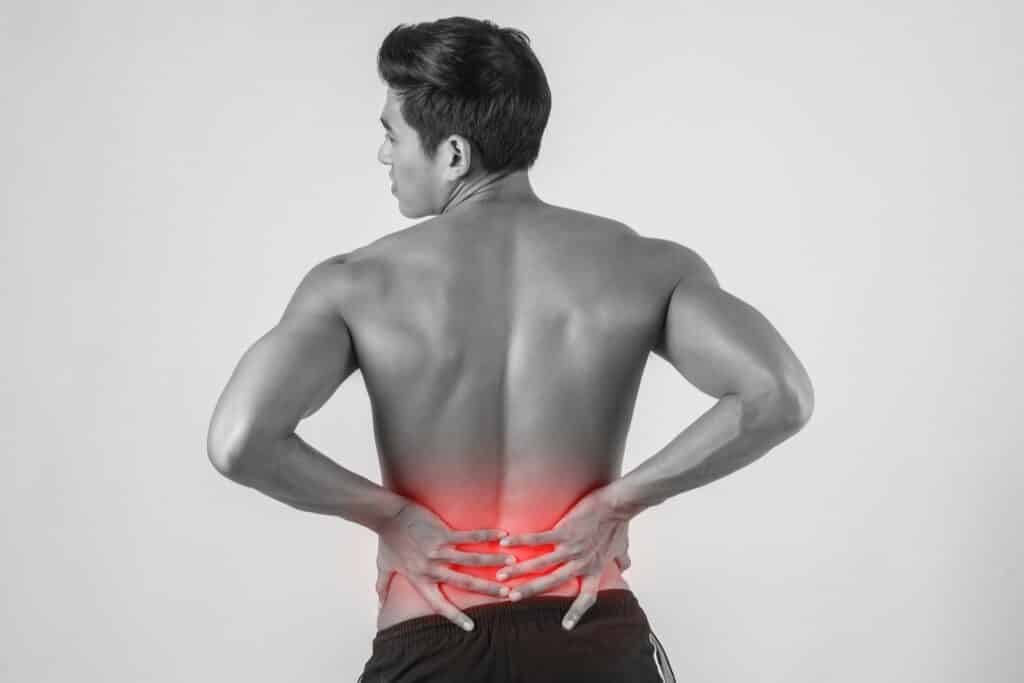
Movement is fundamental to maintaining healthy tissue and joint articulations. The lack of regular movement leads to atrophy of healthy muscle and connective tissue which is consequently replaced by fibrotic (scar) tissue. This happens because the body is always trying to conserve energy wherever possible. For example, if you rarely move your thoracic spine into extension (arching your upper back), your body will downregulate the healthy tissue over time that would be responsible for that movement and replace it with the less metabolically expensive option: scar tissue. The major downside here is that scar tissue is not nearly as capable of force absorption and dissipation as healthy functioning tissue due to the haphazard way it is deposited by the fibroblasts (cells responsible for the formation of connective tissue) (See image below of the differences of normal and scar tissue in tendons).
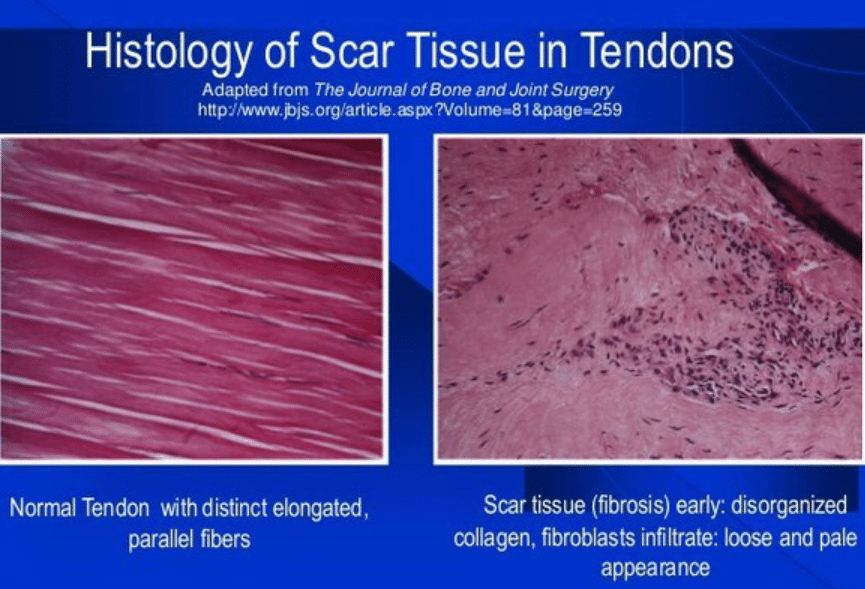
If the spine is incapable of moving segmentally vertebra by vertebra, it is not functioning optimally. Over time, many people develop hinge points in the spine where the movement of the spine is localized to a smaller subset of vertebrae to perform a task, rather than using all of the vertebrae in that area. This means that a few joints in our spinal cord take on the task of those surrounding them, whether it be related to movement or force. We refer to the areas that lose their ability to segment (thereby having an increased amount of scar tissue) as dead regions (click here to learn more about segmentation, hinge points, and dead regions in the spine).
Take the thoracolumbar (TL) junction for example. This is the area of our spine where the thoracic spine “transitions” into the lumbar spine. In some people, the TL junction becomes an area from where the spine derives much of its movement with the areas both above and below it seeing diminishing quality of movement. Due to this area of the spine taking on the role and load of the surrounding segments, it is at greater risk of injury when put under load. The combination of a developing hinge point in the spine with lower quality connective tissue to absorb and dissipate force increases the likelihood of back injury, or segmental buckle.
So how can we prevent back pain or a segmental buckle in the future? With more movement!
It is a popular ideology in the fitness and health industry to prioritize a neutral spine (straight back) at all times and avoid lifting objects with a bent or even arched back. Although this can be important in patternized compound movements (such as the squat, deadlift, etc.) to ensure you don’t incur injury under heavy load, it is not the way we regularly move in our day-to-day lives. Consider what happens to the spine over time in respect to the health of the connective tissue if you always try to keep a straight back. Your spine will lose its ability to segment and begin to function more as a single, rigid structure rather than 33 separate vertebrae. This might seem all fine because you can easily deadlift hundreds of pounds with a straight back, but what happens when you pick up a much lighter object with a flexed spine? Your spine would lack the capacity to absorb and dissipate force in that position: Ouch.
How often do you take a big diaphragmatic breath, brace your core, and snatch your fallen pen from off the floor? How focused are you on bracing and keeping a neutral spine when you’re sitting down on the toilet to release the demons assailing your bowels? The truth is, you should be able to move and be strong in all planes of movement for the spine. Flexion of the spine is not something we should fear but rather something we must train and strengthen (the same goes for extension and rotation) to build a resilient spine and back.
Learning how to move a spine that’s been patterned to move dysfunctionally over years can be the tricky part but it’s possible, and oh-so worth it for your future.
If you’d like to see a real life example of treatment options, here I am working with my client, who struggled with low back pain after beginning two rotationally demanding sports in tandem. Over the period of nearly 2 months, we were able to restore movement to his lumbar spine and begin to backfill the newly moving vertebrae with healthy connective and muscle tissue.
If you struggle with low back pain, another form of joint pain, or are looking to increase your health and fitness, book an in-person consultation here
